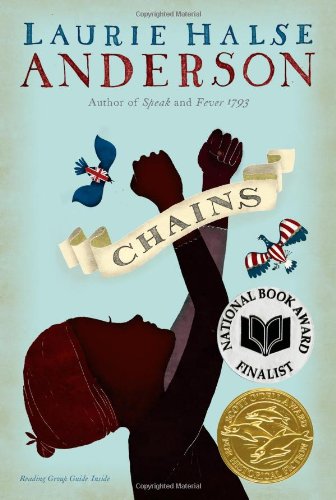In language arts, students are investigative journalists, working the news beat to find stories around them. We have learned several strategies of great writers already, which you can see in your child's writer's notebook. Their table of contents should look something like this:
One of the skills students worked on is transitioning from narrative, 1st person writing to journalistic, 3rd person observer writing. On the left in the photo below is an example text, comparing the same scene but told two different ways. One is as a fiction story, and one is as a news story. We discussed these differences and used the mentor text to improve our own writing.
Students should have pages where they brainstormed potential newscasts from inside the school (the gym) and from last year. What would an undercover journalist have written about? I wrote a mentor newscast from our field trip earlier this year. Journalists need to remember to have an angle in their writing, the "so what?" to engage their audience. My angle was about how the bus garage needed the bus back an hour early--would we be able to see everything at Fort Crown Point and complete our assignments in less time?? Turns out, GRIT rose to the challenge.
One of the ways writers improve their writing is from experts. Pulitzer Prize winning journalist Roy Peter Clark's strategies are pasted into students' notebooks to help them improve their stories. First we looked at a mentor newscast, and tried to find evidence of Clark's strategies. We found vivid details in the descriptions of the fighting basketball players, a grace note in the word
pandemonium, and a clever ending in the author's use of the phrase, "
These stars had just imploded." The author used the star theme throughout the newscast.
Your child should have newscasts where they highlighted these strategies in their own work. If they didn't have them, they were to revise their work to include them, and improve their writing.
Finally, we chose one of our pieces to publish on Schoology. Students used the last minute editing checklist to review their work one last time, and then were responsible for reading 2 other writers' work and providing feedback. Could they find the 5Ws? Could they find the angle?
For our longer news piece, students should have selected a topic and made sure to identify the angle. Next, they needed to find sources to interview, so students shared their topics on notecards so other students could add their name to their card if they had a source for their classmate. This is a great way for students to help each other!
What is your student writing their newscast about? Do they have an angle? Do they have sources to interview? Check in with your journalist to see how they're doing!


















































